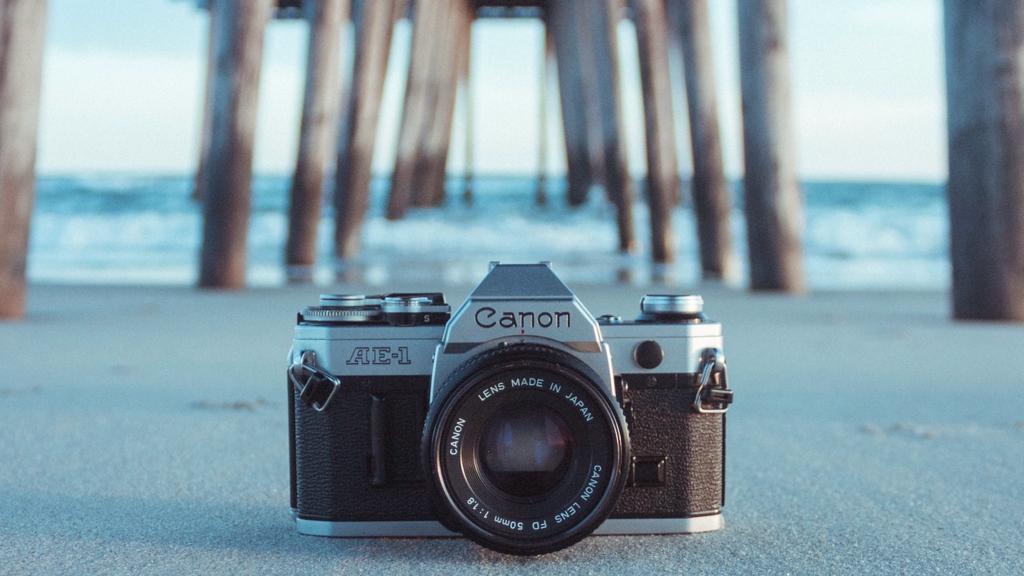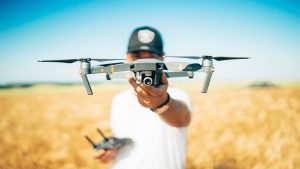
How to choose a camera
Choosing the right camera can be a daunting task, especially for beginners who are new to the world of photography. With so many different types of cameras available on the market, it can be overwhelming to know which one to choose. To help make the decision-making process easier, we have compiled a list of tips to consider when choosing a camera.

Consider Your Needs
The first step in choosing a camera is to consider your needs. What do you plan to use the camera for? Will you be taking pictures of landscapes, portraits, or action shots? Do you need a camera that is easy to use, or are you comfortable with a more advanced model? Answering these questions will help narrow down the type of camera you need.
Think About Your Budget
Cameras can range in price from a few hundred dollars to several thousand. Before you start shopping, it is important to set a budget for yourself. Keep in mind that there are additional costs beyond just the camera itself, such as lenses, memory cards, and other accessories.
Consider the Camera Type
There are several different types of cameras to choose from, including point-and-shoot, mirrorless, and DSLR. Point-and-shoot cameras are generally compact and easy to use, making them a good option for beginners. Mirrorless cameras offer more advanced features and better image quality, while DSLR cameras are the most advanced and offer the most control over the final image.
Check the Megapixels
Megapixels refer to the resolution of the camera, and generally speaking, the more megapixels a camera has, the higher the quality of the images it produces. However, it is important to note that higher megapixels do not necessarily mean better image quality. Other factors, such as the camera sensor, lens quality, and image processing, also play a role.
Consider the Lens
The lens is a crucial component of any camera, as it is responsible for capturing the image. Many cameras come with a kit lens, which is a basic lens that is suitable for everyday use. However, if you plan to specialize in a certain type of photography, such as landscapes or portraits, you may want to invest in additional lenses.
Think About the Sensor Size
The size of the sensor in a camera can have a big impact on the final image quality. Larger sensors generally produce better image quality, especially in low light conditions. However, larger sensors can also be more expensive, so it is important to weigh the pros and cons based on your specific needs.
Consider the ISO Range
The ISO range of a camera refers to its ability to handle different lighting conditions. Cameras with a wider ISO range can handle low light conditions better, which is important for indoor and nighttime photography. However, higher ISO settings can also produce more digital noise in the final image.
Consider the Autofocus System
The autofocus system of a camera is important for capturing sharp and in-focus images. Some cameras offer more advanced autofocus systems than others, so it is important to consider this when choosing a camera. If you plan to capture action shots or fast-moving subjects, a fast and accurate autofocus system is crucial.
Read Reviews and Do Your Research
Before making a final decision, it is important to read reviews and do your research on the cameras you are considering. Look for reviews from other photographers who have used the cameras, and consider the pros and cons of each option. You may also want to visit a camera store to try out the different models in person.
Conclusion
Choosing a camera can be a difficult decision, but with the right information, it is possible to find the perfect camera to suit your needs. Consider your needs, budget, and the different types of cameras available before making a decision. Don’t forget to consider factors such as megapixels, lenses, sensor size, ISO range, and autofocus system. Ultimately, the right camera for you will depend on your specific needs and preferences.
Remember that a good camera is just one part of the equation. You will also need to invest time and effort into learning how to use your camera and developing your photography skills. Practice taking pictures in different lighting conditions and experimenting with different camera settings to get a feel for your camera’s capabilities.
For more tips, check out the following article: How to choose a quad bike











